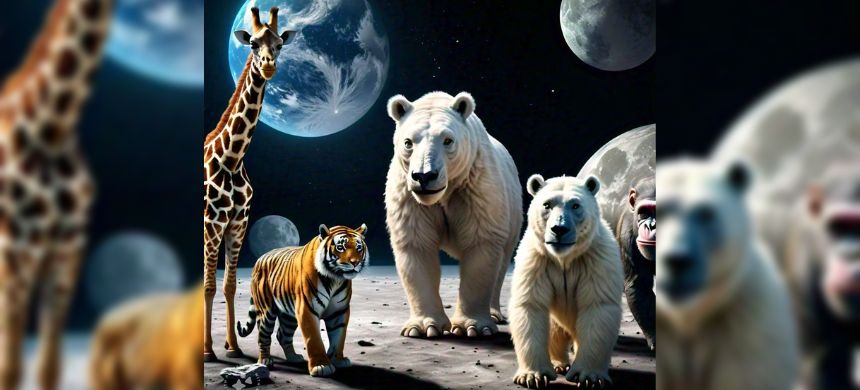The proposal to create a cryogenic biorepository on the Moon aims to preserve Earth’s biodiversity by leveraging the Moon’s cold, permanently shadowed craters for cryogenic storage. This plan, detailed in a recent study led by Mary Hagedorn from the Smithsonian Institution, is inspired by the Global Seed Vault in Norway, which preserves plant diversity but faced challenges from climate change.
Also Read: NASA Image Shows Complex Evolution of Two Near-Earth Asteroids
Key points of the proposal include:
- Cryogenic Storage: The Moon’s craters, with temperatures as low as -410°F (-246°C), are ideal for storing biological material without requiring liquid nitrogen or electricity, which are essential for cryopreservation on Earth.
- Protection from Radiation: The plan includes storing samples underground or in structures made from lunar rocks to shield them from damaging radiation.
- Conservation Goals: Initially targeting at-risk species, the long-term aim is to preserve samples of most Earth species.
- Challenges: There are concerns about the substantial cost and effort involved in establishing such a repository on the Moon. Critics argue that more immediate conservation efforts on Earth, such as protecting forests and coral reefs, may be more practical and cost-effective.
- Potential Benefits: The repository could serve as a safeguard against catastrophic events on Earth and augment space travel, reflecting the unique value of preserving life beyond our planet.
While the idea is innovative, it raises questions about resource allocation and the feasibility of space-based conservation efforts compared to terrestrial initiatives.











